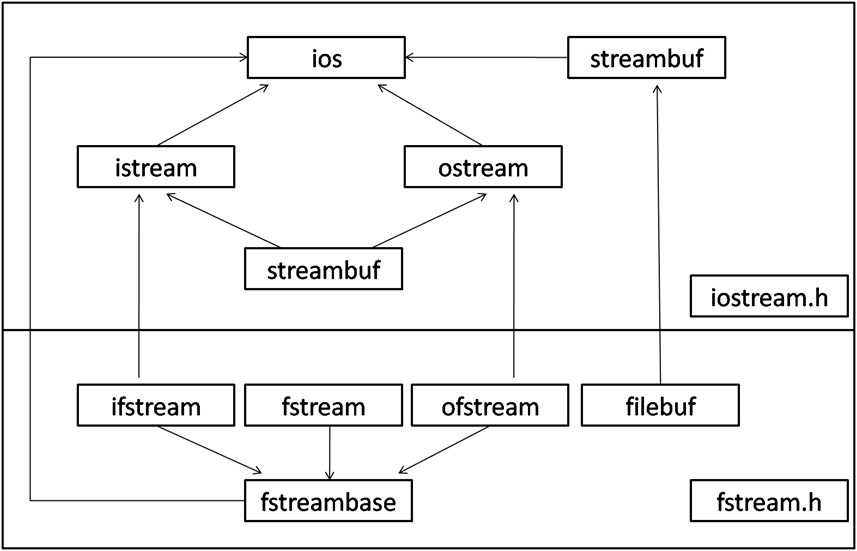
Instead of these options, you can use protocol buffers.

Navigating simple fields in a class normally would be. However, XML is notoriously space intensive, andĮncoding/decoding it can impose a huge performance penalty on applications.Īlso, navigating an XML DOM tree is considerably more complicated than This can be a good choice if you want to share data with otherĪpplications/projects. (sort of) human readable and there are binding libraries for lots of This approach can be very attractive since XML is Parsing code, and the parsing imposes a small run-time cost. This is a simple andįlexible approach, although it does require writing one-off encoding and String – such as encoding 4 ints as “12:3:-23:67”. You can invent an ad-hoc way to encode the data items into a single.Wired for that format are spread around, it’s very hard to extend the
CPP ISTREAM SOFTWARE
Also, asįiles accumulate data in the raw format and copies of software that are Time, this is a fragile approach, as the receiving/reading code must beĬompiled with exactly the same memory layout, endianness, etc.

The address book has a name, an ID, an email address, and a contact phone The example we’re going to use is a very simple “address book” application thatĬan read and write people’s contact details to and from a file. This isn’t a comprehensive guide to using protocol buffers in C++. Use the C++ protocol buffer API to write and read messages.By walking through creating a simple example application, it This tutorial provides a basic C++ programmers introduction to working with This tutorial provides a basic C++ programmers introduction to working with protocol buffers.


 0 kommentar(er)
0 kommentar(er)
